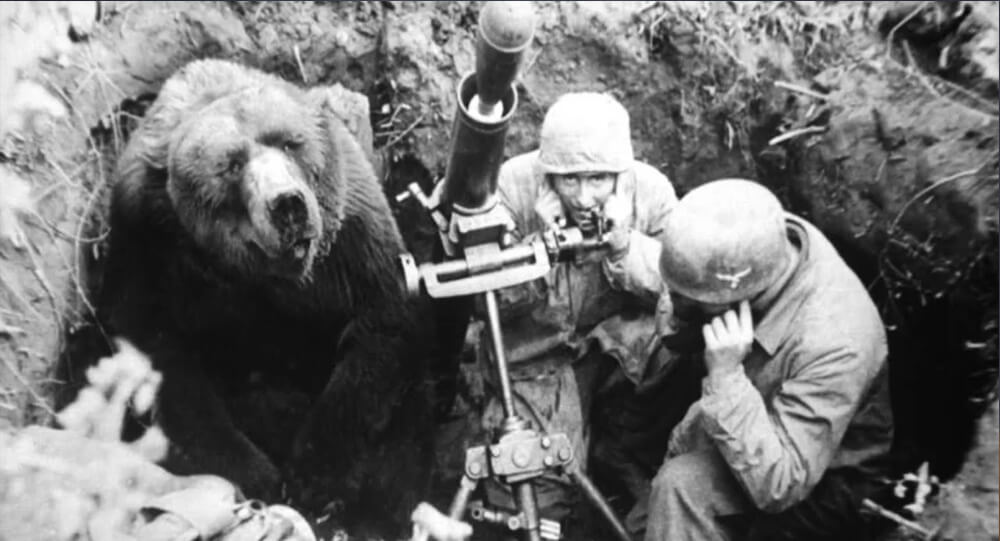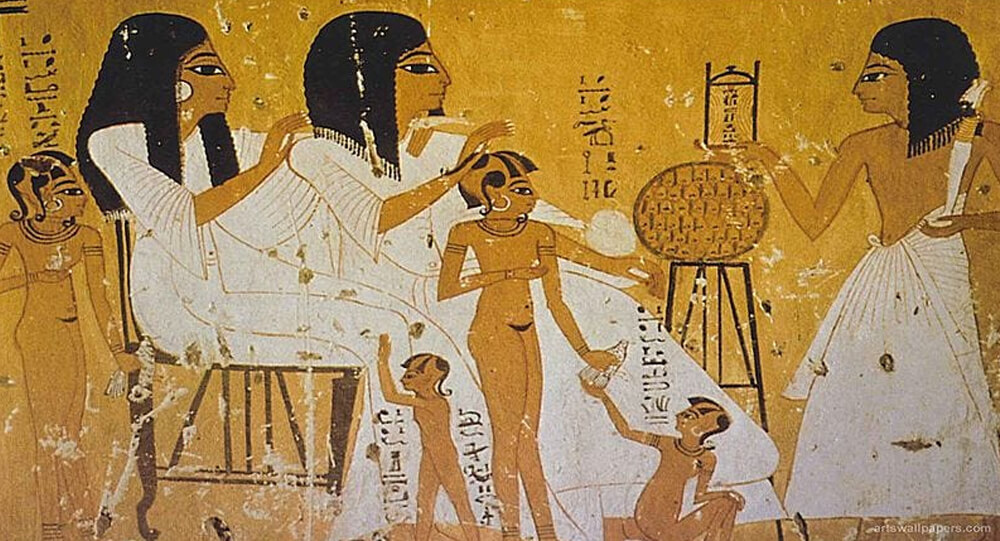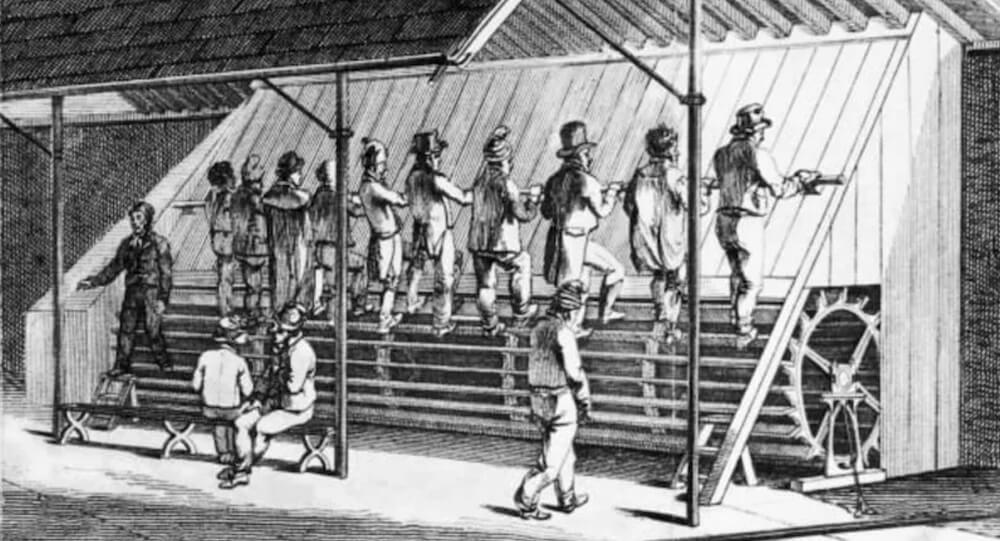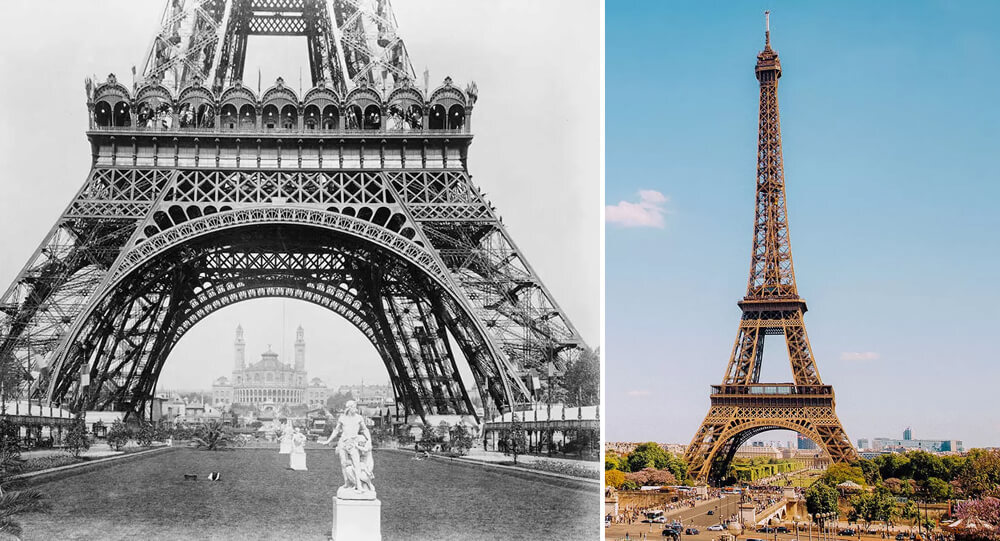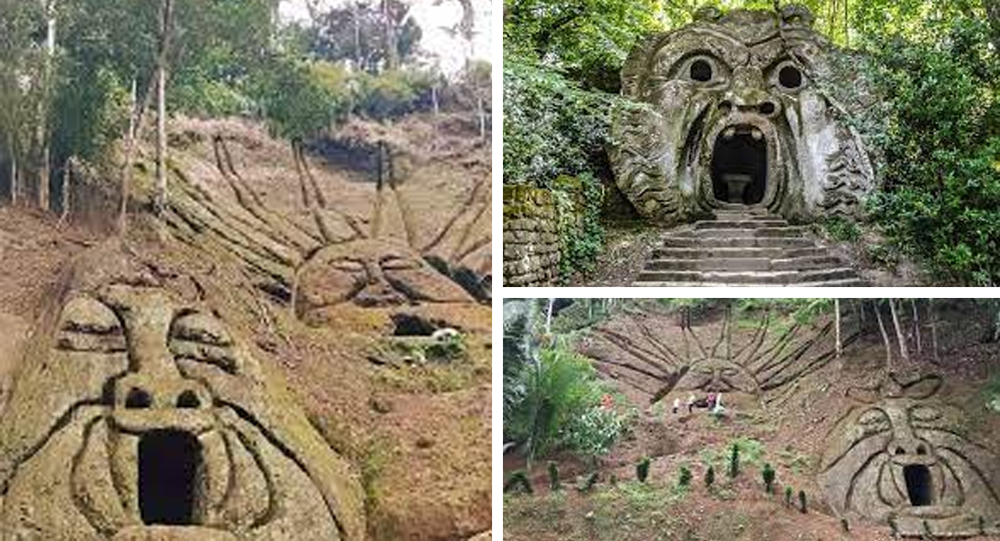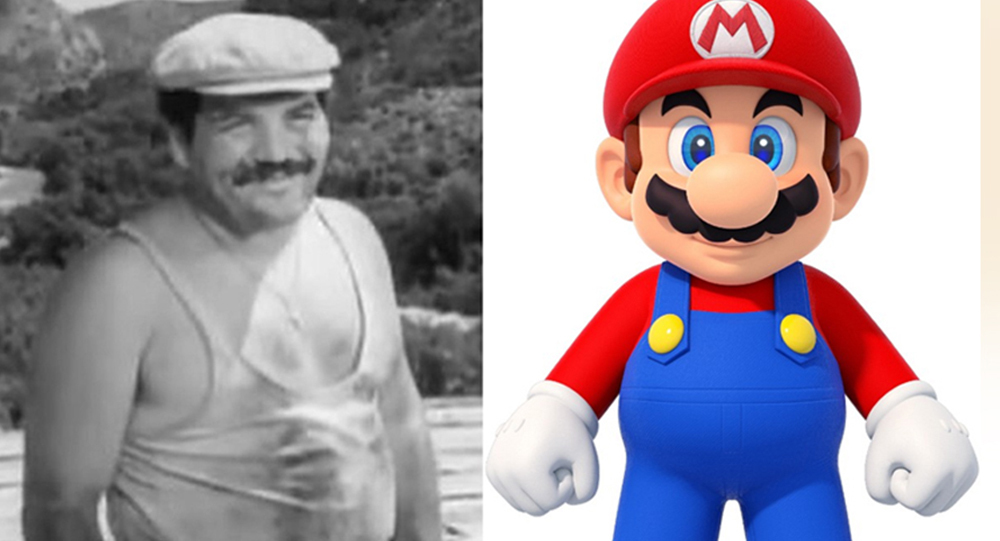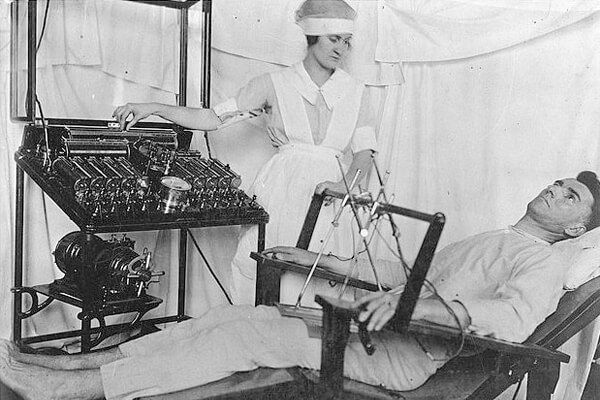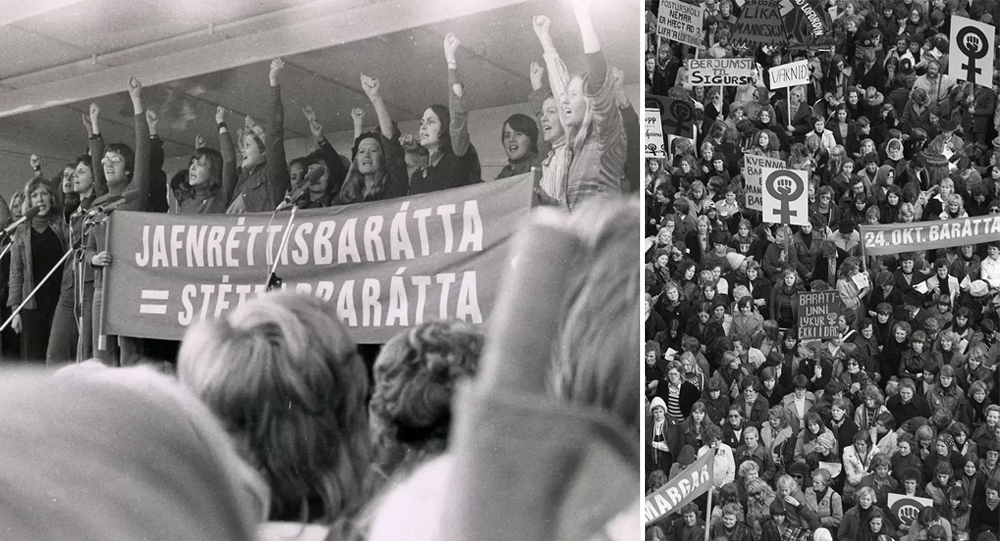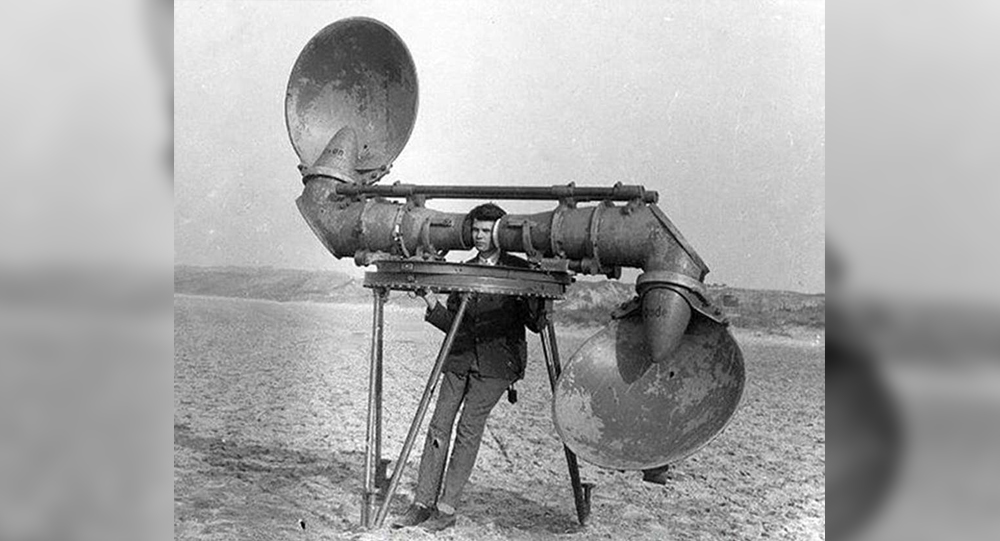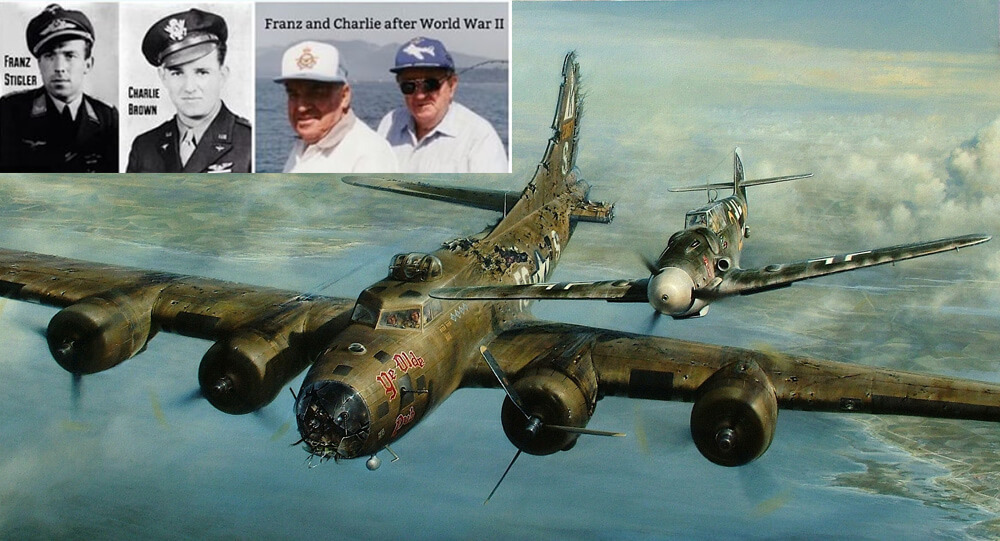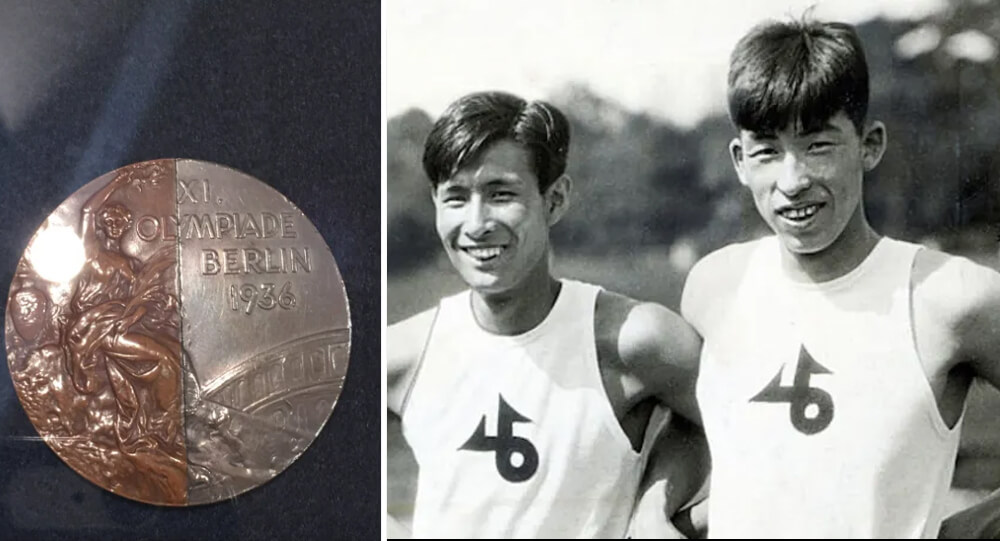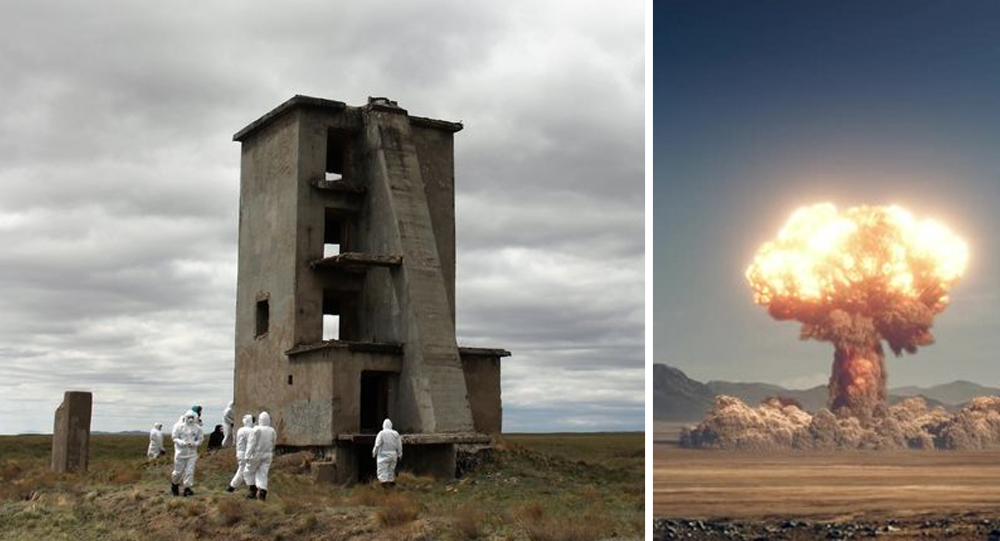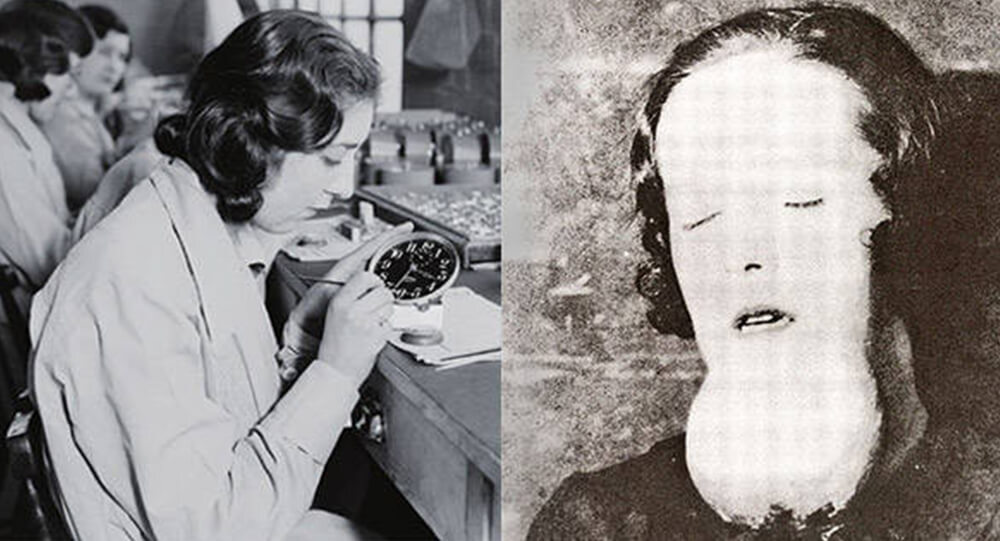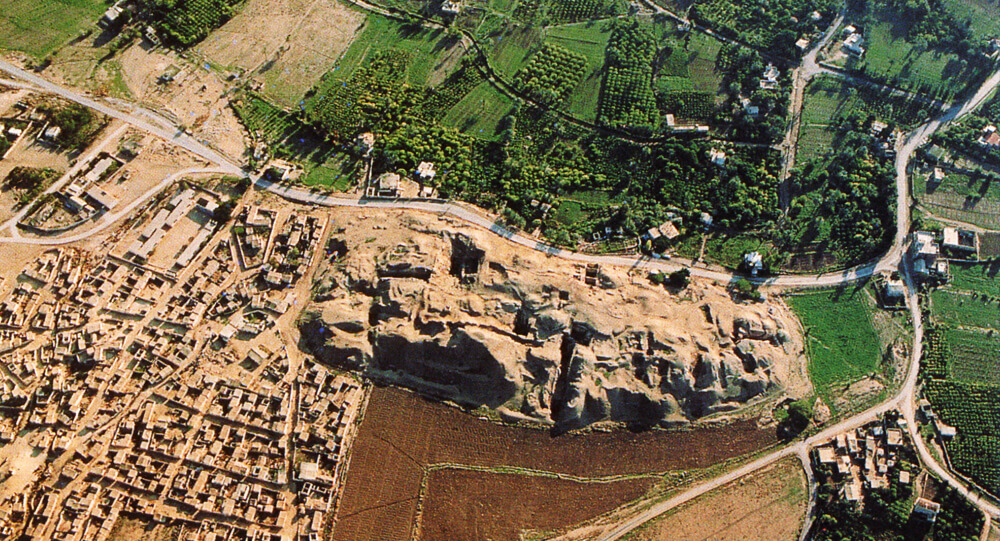

Ancient Jericho: The First Walled City In History
Jericho, also known as Arīḥā in Arabic, is a West Bank town. Perhaps founded as early as 9000 BC, Jericho is one of the world’s oldest continuously inhabited cities. Jericho’s long history has been proven by archaeological digs. The location of the city holds significant archaeological value as it showcases the initial stages of permanent settlement development and the progression towards civilization. Carbon dating back to approximately 9000 BC, remnants of Mesolithic hunters have been discovered, along with a prolonged period of habitation by their offspring. By 8000 BC, the settlers had developed into a cohesive group capable of building a substantial stone wall around the settlement, which was at one point reinforced by a colossal stone tower.
The term “town” is appropriate given the size of this settlement, which indicates a population of about 2,000–3,000 people. Thus, during the course of these 1,000 years, people have transitioned from a hunting to a fully settled lifestyle. This suggests the evolution of agriculture, and grains of cultivated wheat and barley have been discovered. Thus, one location that offers proof of extremely early agriculture is Jericho. It is very likely that irrigation had been developed in order to supply enough land for cultivation. Palestine’s initial Neolithic culture was an entirely indigenous creation.
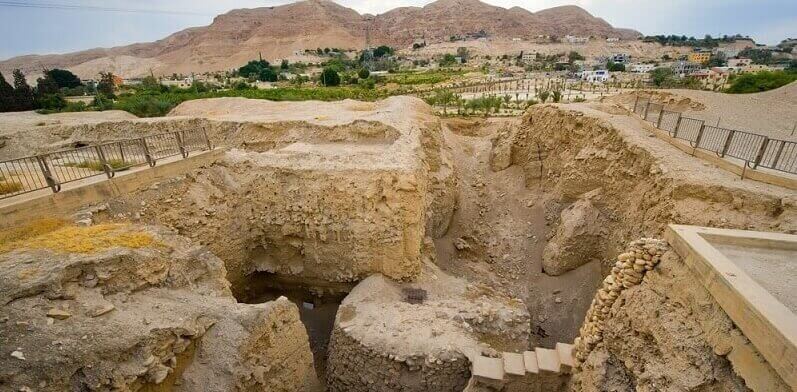
A second, non-native group succeeded these around 7000 BC, bringing with them a Neolithic culture that continued to lack the ability to make pottery. This occupation most likely marks the entry of newcomers from one of the other centers where the Neolithic agricultural way of life had developed, perhaps in northern Syria. By 6000 BC, this second Neolithic stage came to an end. The next millennia at Jericho are mostly devoid of evidence of human habitation.
Jericho did not begin to exhibit the effects of northern developments until approximately 5000 BC. At that time, an increasing number of Neolithic villages—marked by the use of pottery—had begun to appear. Nonetheless, the earliest ceramic users in Jericho were rudimentary in comparison to those who came before them, residing in uncomplicated underground huts. Most likely, they were pastoralists in the main. Over the next 2,000 years, occupation was sparse and possibly intermittent.
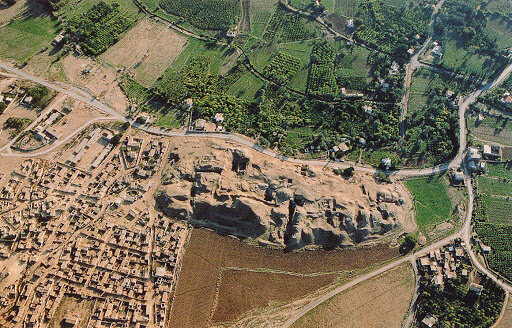
Like the rest of Palestine, Jericho saw the emergence of an urban culture again around the end of the fourth millennium BC. Jericho was once again a walled town, having had its walls rebuilt numerous times. The urban life again broke down around 2300 BC. The newcomers, who were nomadic and comprised of several groups, were most likely the Amorites. Their descendants, who shared a culture throughout the Mediterranean littoral, were the Canaanites, who lived around 1900 BC.
Excavations have revealed evidence of Canaanite houses and domestic furniture, which were discovered in their tombs as the deceased’s possessions in the afterlife. The Canaanites brought town life back to their homeland. These discoveries have indicated the nature of the culture that the Israelites found when they infiltrated into Canaan and that they largely adopted.
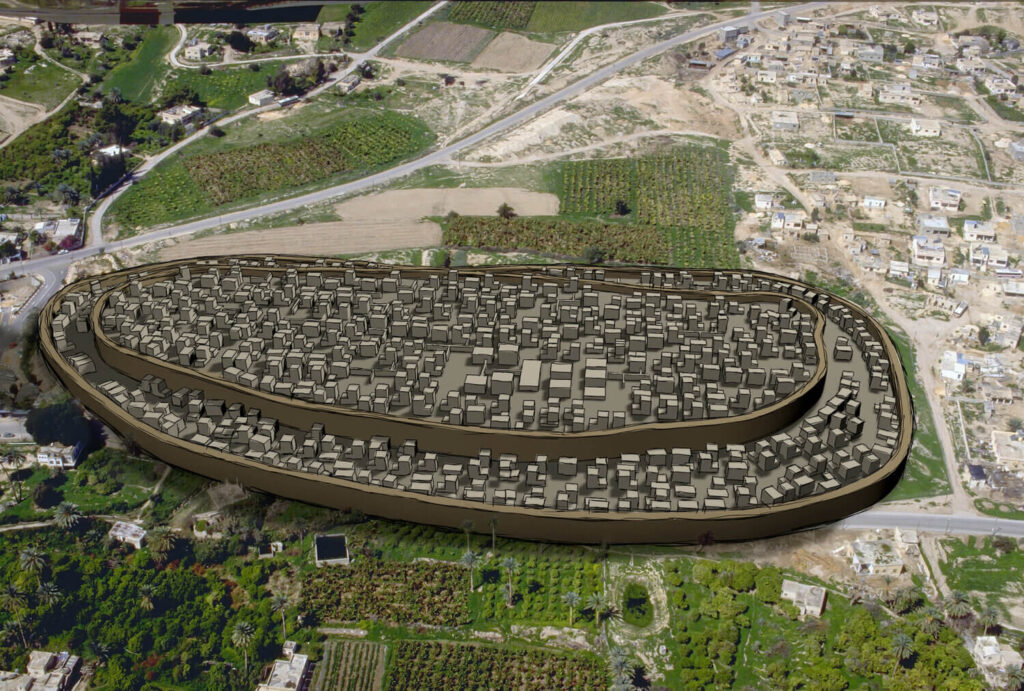
In biblical history, Jericho is well-known for being the first town that Joshua’s Israelites attacked after crossing the Jordan River (Joshua 6). The biblical story states that after the Israelites destroyed it, it was abandoned until Hiel the Bethelite settled there in the ninth century BC (1 Kings 16:34). The Bible makes multiple references to Jericho. Herod the Great built a winter home in Jericho, where he passed away in 4 BC. The 1950s and 1951 excavations uncovered some information about Herodian Jericho: a stunning façade by the Wadi Al-Qilṭ is most likely a remnant of Herod’s palace, and its design reflects Herod’s adoration for Rome.
This area, roughly one mile (1.6 km) south of the Old Testament town, became the center of Roman and New Testament Jericho. Traces of other fine buildings can be seen in this area. A mile east of the Old Testament site, on a third site, was the Crusader city of Jericho, where the modern town would eventually grow.
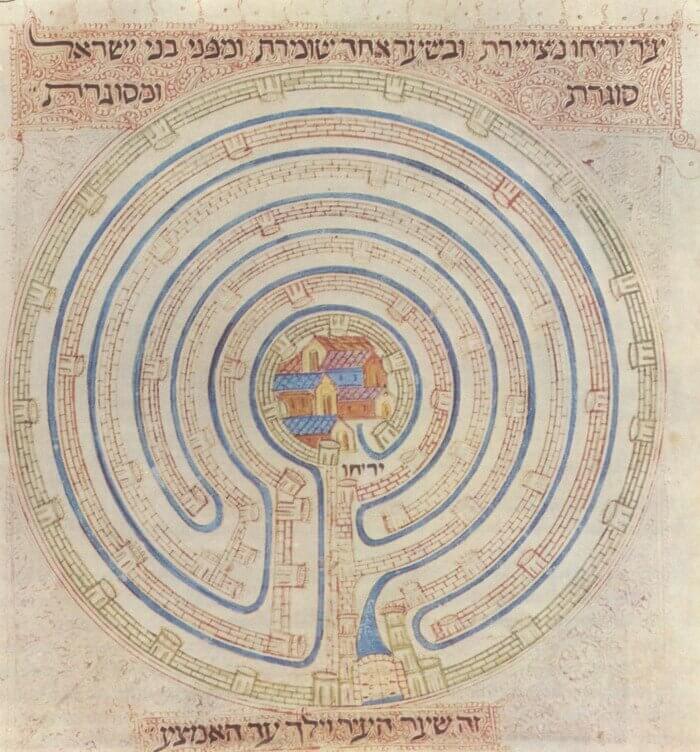

3 men lived on top of a billboard in tents for almost 9 months
From 1982-1983, three men in Allentown PA competed in a radio contest in which they lived on top of a billboard in tents. Whoever stayed up longest would win a house. Due to economic pressure from the recession, none of the contestants wanted to give up, so the contest lasted almost 9 months.

The 440-pound bear named Wojtek and his World War II battle against the Nazis
Polish troops raised an orphaned bear cub during WWII. He enjoyed drinking beer, and was trained to salute. He became officially enlisted as a member of the forces, and helped carry artillery during battle.

Ancient Egyptians Had Pregnancy Tests Over 3500 Years Ago
The ancient Egyptians used a pregnancy test that involved potentially pregnant women peeing on barley and wheat seeds. Plant growth indicated pregnancy: barley for a boy and wheat for a girl. Later tests revealed that pregnant women's urine causes plant growth 70% of the time, whereas non-pregnant women's urine does not.

History of Treadmill, punishment for prisoners
Treadmills were originally a punishment used to harness human power on a giant wheel used to grind grains, hence the name "treadmill." The History of Treadmill

Why was the Eiffel Tower almost demolished
The Eiffel Tower was intended to be a temporary structure for the World's Fair in 1889, but it was nearly dismantled and sold for scrap metal. It was saved because of its potential use as a radio antenna, and it now serves as a tourist attraction as well as a working broadcast tower.

Archaeologists Uncover 2,000-Year-Old Amazonian Cities Using Lidar Technology
Deep in the Ecuadorian Amazon, archaeologists have uncovered an ancient network of urban settlements once inhabited by the Upano people about 2,000 years ago. Using cutting-edge lidar technology, these discoveries reveal a highly organized society featuring sophisticated agricultural systems, drainage canals, and extensive road networks. This transformative find challenges long-held assumptions about ancient Amazonian societies and sheds light on a complex civilization thriving in one of the world’s most biodiverse regions.

Mario Segale, Developer Who Inspired Nintendo to Name Super Mario
Super Mario is named after real-life businessman Mario Segale, who was renting out a warehouse to Nintendo. After Nintendo fell far behind on rent, Segale did not evict them but gave them a second chance to come up with the money. Nintendo succeeded and named their main character after him.

Remembering the 1945 Empire State Building Disaster: When a Plane Met Skyscraper
An airplane crashed into the Empire State Building in 1945. Among other damage, plane parts severed the cables of an elevator and the woman inside fell over 70 stories. She lived and holds the world record for the longest survived elevator fall.

During the 1996 Olympic bombing, Richard Jewell falsely accused of committing the crime after saving dozens of people
Richard Jewell, an American security guard, discovered a bomb during the 1996 Olympic Games in Atlanta and assisted in the evacuation, but was later wrongfully accused and faced public scrutiny. He was cleared, but it had a lasting impact on him until his death in 2007 at the age of 44.

How did Howard Florey discover penicillin
Penicillin was discovered by Alexander Fleming, but he never attempted to turn it into an antibiotic. It wasn't until ten years later that Howard Florey discovered Fleming's obscure paper and understood the mold's potential. Up to 200 million lives may have been saved as a result of Florey's work.

Top 10 most cruel medical procedures that are being used today
We are all aware that medicine has advanced dramatically over the last fifty years. There are several modern medical approaches available today, but this was not always the case. However, the past of medicine is a dark one. Medical leeches, lobotomy, vascular surgery, cranial stenosis, and even electroshock therapy are all options. These are only a couple of the cruel healing techniques that are still in use today.

story of the youngest mother in the world at age of five - Lina Medina
Lina Medina, a five-year-old Peruvian girl, became the youngest mother in history in 1939 when she gave birth to a boy.

The day Iceland's women went on strike
Icelandic women went on strike for equal rights on October 24, 1975. 90% of women walked out of their jobs and homes, effectively shutting down the entire country. The men were struggling to keep up. The following year, Parliament passed a law requiring equal pay. Iceland elected the world's first female President five years later. Iceland now has the highest gender equality rate in the world.

Before Radar: How Giant Acoustic Mirrors Detected Enemy Aircraft in WWI and WWII
Long before radar revolutionized air defense, enormous acoustic mirrors and specialized sound locators stood as the first line of defense against enemy aircraft. Designed as giant “ears,” these structures amplified distant engine noises, allowing operators to detect incoming planes by sound alone. Dive into the intriguing world of these pioneering listening devices, their operation, limitations, and enduring legacy in military history.

Louis Le Prince Invented the motion picture camera, and then he mysteriously disappeared
Louis Le Prince, the inventor of motion pictures, vanished without a trace in 1890. Thomas Edison quickly claimed the title of "first and sole inventor of cinema," even taking Le Prince's son to court to dispute it. A few years later, the son also dies under mysterious circumstances.

Charlie Brown and Franz Stigler incident: Enemy became friends
During WWII, a German pilot spotted an American pilot’s crippled plane in the sky. Tailing it, he noticed that gunner was dead, crew injured, and they posed no threat. Instead of destroying the plane, he led it to safety. 40 years later, the two pilots reunited.

Medals of Friendship: The Enduring Olympic Story of 1936
At the 1936 Summer Olympics, two Japanese pole vaulters named Sueo Oe and Shuhei Nishida tied for second, but they declined to compete against each other. As a result, Nishida was awarded the silver medal and Oe won a bronze medal. Upon returning to Japan, the athletes had their medals cut in half and spliced together to create new "friendship medals," which were half silver and half bronze.

The Forgotten Story of Semipalatinsk and the Soviet Nuclear Experiments
Between 1949 and 1989, the Semipalatinsk Test Site in Kazakhstan became the primary location for Soviet nuclear weapons tests, exposing millions of unsuspecting villagers to radioactive fallout. Known as the “Polygon of Suffering,” this remote desert witnessed 456 nuclear detonations that caused widespread health crises, birth defects, and generational genetic damage. This article narrates the chilling legacy of Semipalatinsk, unveiling the human cost of Cold War arms development and the ongoing struggle for healing and recognition in Kazakhstan.

Why the Brooklyn Bridge Was Once Crossed by 17 Camels and 21 Elephants
On May 30, 1883, a rumor that the Brooklyn Bridge was going to collapse caused a stampede, which killed at least at twleve people. To prove the bridge was safe, P.T. Barnum led a parade of 21 elephants over it.

15 interesting facts about Queen Elizabeth II
Queen Elizabeth II, who ruled Britain for 70 years, has away at the age of 96. She was the country's longest-reigning monarch. Here are some little-known facts about her.

The true story Of The Radium Girls that change US labor laws
Hundreds of young women worked in clock factories during World War I, painting watch dials with luminous radium paint. The company lied about the risk of radiation, claiming there was no danger, which resulted in the death of the young women.

8 Interesting Facts About The Unsinkable Ship, TITANIC
If you ask your friends what's the most famous ship in history the answer in most cases will be the same, of course the legendary Titanic. Its history is full of mysteries, at first it was a source of hope and national pride as well as proof of the triumphs of mankind but it soon became a source of nostalgia and pain, the extent of which cannot be described in words.

How Dmitri Mendeleev Developed the periodic table of the elements
1850 Dmitri Mendeleev walked almost a thousand miles to Moscow so he could apply for the University of Moscow. Although he was not accepted, he walked to St. Petersburg where he was accepted, And with that education, he developed the the periodic table of the elements

Inside China’s Footbinding Tradition: The Painful Ritual of Lotus Shoes and Bound Feet
In China, Lotus shoes were used to bind women's feet to keep their feet small

Remembering the miracles of the 1985 Mexico earthquake (unbelievable stories)
In 1985, after an 8.0 magnitude earthquake hit Mexico City, nearly all newborn babies survived a collapsed hospital. They are known as “Miracle Babies” for surviving 7 days without nourishment, water, warmth or human contact.


